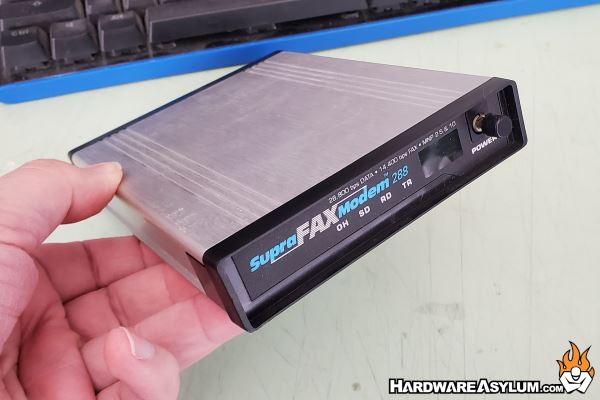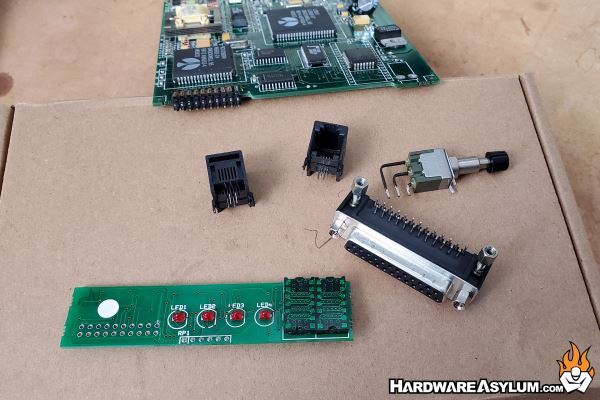Supra PiModem Project - Getting Retro PCs Online
Author: Dennis GarciaIntroduction
Before the Internet were two basic ways to share data. The first was extremely popular and offered exceptional bandwidth. It was called “SneakerNET” consisted of you putting on your shoes and physically moving digital data from one location to another. This was normally done via floppy disk and may involve the use of a moving vehicle or bicycle. There was a fundamental flaw with the “SneakerNET” and was that physical media, at the time, could be easily damaged or lost before it reached its destination.
The second method was a traditional network where computers were connected using wires. The first mini computers/mainframes were connected via a serial terminal with your data being stored on the machine you were connected to. Basically, think of the modern cloud where your data is simply stored on someone else’s server.
A variation of this expanded the serial network by introducing a Modulator and Demodulator to convert the RS232 signals into something that could be transmitted over telephone lines. The data transfer was slow but opened the door for a computer to call up another machine anywhere in the world.
For instance, I remember calling up a local friend to transfer save files for a game called Anacreon. This was a turn-based DOS game and if you are playing on a single computer the players would take turns at the keyboard when it was there time to play. Well, we did the same thing but, used a modem to transfer the save file once our turn was complete.

Another popular thing to do with a modem was dial up a local BBS or Bulletin Board Systems. This was basically someone’s computer which ran some software that would accept incoming calls and allow users to post messages, send emails, play games, read articles, download and upload files. A BBS quickly became a local hub for information and a digital link to other systems around the world, in other cities nearby.
Ironically enough, that Anacreon game was one we downloaded from a local BBS which speaks to how useful they were at the time. The influence was so great that websites on the early internet often replicated their functionally with message forums, file areas, email, search and games. Maybe one of the most successful website-based BBS clones was Facebook and Yahoo.
So, the question is… Why are we talking about modems, SneakerNET and Bulletin Board Systems?
Well, they are a very important snapshot in the history of Retro PCs and the software that was available. For instance, modern computers use Ethernet and WiFi networking to get online, browsers allow us to read websites, like HardwareAsylum.com, and the technology to make it all happen is hidden behind the scenes to make the process appear seamless. For Retro PCs the available software is less complex and more importantly designed for the technology of the time.
That technology was dial up modems and is something that is no longer a viable solution. Most dial up BBSs were taken down long ago or ported to an IP address on Internet. This makes accessing them a little difficult even if you have a land line at home there is no way to translate modem signals and dialing directories to IP addresses on the internet.
Basically, the communication model is blocked.
The problem we are going to solve with the Supra PiModem Project is to fill this connection void by allowing period correct software to access the modern Internet and once again allowing Retro PCs to surf Bulletin Board Systems.

It is important to note that “this” is not a new idea. You can buy Wifi enabled serial modems or you can build one using any of the available guides online. In fact, the Supra PiModem project was inspired by the following article (http://podsix.org/articles/pimodem/) And I will be referencing it to get everything hooked up.
What this project brings, is the unique approach to how everything is packaged up. Much like my Sleeper Storage Device the goal of this project will be to make the Supra PiModem Project look like a bit of retro tech and blend in perfectly with the systems in the lab while also filling the technology gap left by advances in technology.

